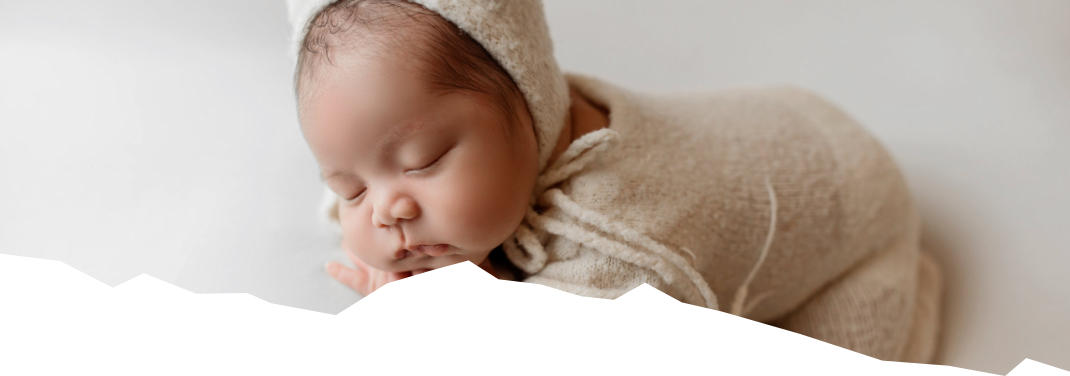Copyright Lexabean, LLC
Lexabean Fitness


Stages Of Sleep
Why is sleep important?

Why is sleep important?
Sleep is a normal body process that allows your body and brain to rest. According to the CDC, the benefits of a good nights sleep include: • Getting sick less often • Reduces stress and improves your mood • Improves heart health and metabolism • Lowers the risk of chronic conditions such as Type 2 diabetes, heart disease, high blood pressure, and stroke. • Lessens the risk of motor vehicle crashes and related injuries. • Improves attention and memory to better perform daily activities. • Staying at a healthy weight According to the Mayo Clinic, the amount of sleep you need varies by your age with adults requiring 7 or more hours of sleep per night. The quality of your sleep is important, which is why Pocket Trainer shows your sleep cycles (light, deep, REM). According to the Mayo Clinic, “…As you get older, your sleeping patterns change. Older adults tend to sleep more lightly, take longer to start sleeping and sleep for shorter time spans than do younger adults. Older adults tend to wake up multiple times during the night.” Tracking your sleep stages and duration can help you improve the quality of your sleep.What are the stages of sleep?
According to the Cleveland Clinic, sleep stages fall into two categories: rapid eye movement (REM) sleep and non-REM sleep. Non-REM sleep falls into 3 stages, which are typically cycled through during sleep, each stage lasting about 90-120 minutes. • Non-REM Stage 1 is the lightest stage of sleep. You enter this stage right after you fall asleep. • Non-REM Stage 2 is a deeper non-REM sleep - but is still considered a light sleep. During this stage, muscles relax with the heart and breathing rates slowing down. • Non-REM Stage 3 is the deepest non-REM sleep. This sleep stage is important as its the most restorative and allows you to wake up feeling rested. • Rapid eye movement (REM) During this phase, brain activity increases and most dreams occur. Its name comes from how your eyes move behind your eyelids while you are dreaming.Pocket Trainer Health Connect FAQ
If you have questions on Health Connect support in Pocket Trainer, including troubleshooting issues with sleep or steps data, visit the Health Connect FAQ.
Copyright Lexabean, LLC

Stages Of Sleep
Why is sleep important?
Sleep is a normal body process that allows your body and brain to rest. According to the CDC, the benefits of a good nights sleep include: • Getting sick less often • Reduces stress and improves your mood • Improves heart health and metabolism • Lowers the risk of chronic conditions such as Type 2 diabetes, heart disease, high blood pressure, and stroke. • Lessens the risk of motor vehicle crashes and related injuries. • Improves attention and memory to better perform daily activities. • Staying at a healthy weight According to the Mayo Clinic, the amount of sleep you need varies by your age with adults requiring 7 or more hours of sleep per night. The quality of your sleep is important, which is why Pocket Trainer shows your sleep cycles (light, deep, REM). According to the Mayo Clinic, “…As you get older, your sleeping patterns change. Older adults tend to sleep more lightly, take longer to start sleeping and sleep for shorter time spans than do younger adults. Older adults tend to wake up multiple times during the night.” Tracking your sleep stages and duration can help you improve the quality of your sleep.What are the stages of sleep?
According to the Cleveland Clinic, sleep stages fall into two categories: rapid eye movement (REM) sleep and non- REM sleep. Non-REM sleep falls into 3 stages, which are typically cycled through during sleep, each stage lasting about 90-120 minutes. • Non-REM Stage 1 is the lightest stage of sleep. You enter this stage right after you fall asleep. • Non-REM Stage 2 is a deeper non-REM sleep - but is still considered a light sleep. During this stage, muscles relax with the heart and breathing rates slowing down. • Non-REM Stage 3 is the deepest non-REM sleep. This sleep stage is important as its the most restorative and allows you to wake up feeling rested. • Rapid eye movement (REM) During this phase, brain activity increases and most dreams occur. Its name comes from how your eyes move behind your eyelids while you are dreaming. •Pocket Trainer Health
Connect FAQ
If you have questions on Health Connect support in Pocket Trainer, including troubleshooting issues with sleep or steps data, visit the Health Connect FAQ.
















